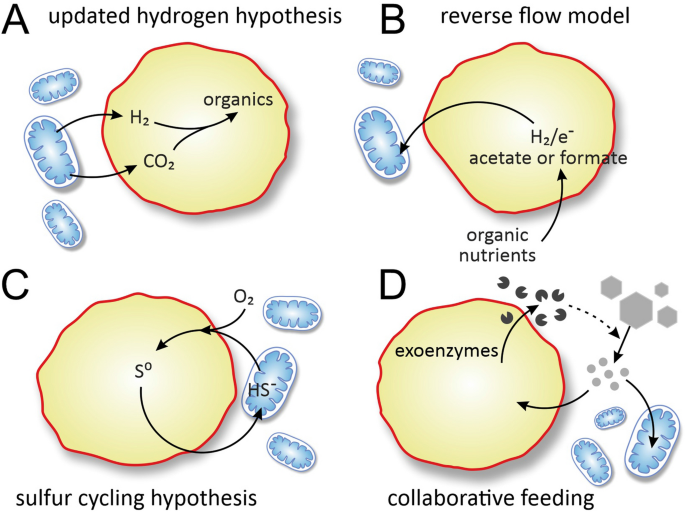1. Unknown and Complex Growth Requirements
Most microbes have specific micro-nutrient needs, such as trace metals or coenzymes, which are often absent in standard lab media. Some require pH ranges or osmotic pressures rarely encountered in typical culture plates.
2. Syntrophic Relationships and Cross-Feeding
Microbes in the wild often rely on other species to survive. For example, one microbe might produce a byproduct essential for another's growth—a phenomenon called metabolic cross-feeding. Isolating a microbe alone can break these dependencies.

3. Quorum Sensing and Microbial Communication
In natural settings, microbes use chemical signals to communicate and regulate group behavior. Disrupting this communication in the lab can inhibit community formation or growth.
4. Environmental Stress and Adaptation
Natural microbes are often adapted to stressful environments such as high salinity, radiation, or pressure. These conditions are difficult to simulate consistently in vitro, leading to selective loss of key species.
5. Oxygen Sensitivity
Strict anaerobes cannot tolerate oxygen exposure, which is hard to prevent in standard lab setups. Specialized anaerobic chambers are required, which are not always available or efficient.
6. Dormancy and Viable-But-Non-Culturable (VBNC) States
Some microbes enter a dormant state under stress, becoming metabolically inactive but still viable. These VBNC microbes may not grow in culture, even though they are alive in nature.







